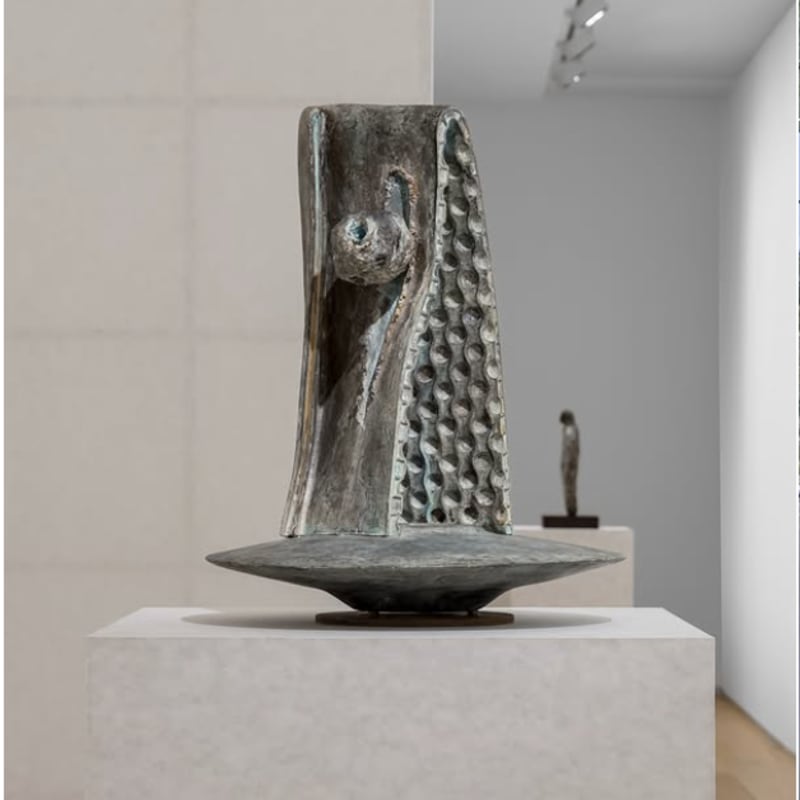Miquel Barceló: Vida y muerte Solo exhibition at the Museum Küppersmühle
At the Museum Küppersmühle this Autumn, Miquel Barceló will present his first solo exhibition in a German museum, composed of essential works from across all periods of his practice and assembled by the curator, Kay Heymer, in close collaboration with the artist.
With a selection of 70 paintings, a group of ceramics, a cabinet of sketchbooks, maquettes for large projects and objects from the artist’s personal collection, the exhibition will provide fascinating insights into the pictorial universe of the most successful Spanish artist working today. Known for his expressive figurative works, ranging from large-scale paintings, ceramics and bronzes to countless sketchbooks and book illustrations that unfold a rich and diverse panorama of life. Miquel Barceló (born in 1957 in Felanitx, Majorca) is one of the great painters of our time.
His challenging work is characterized by radical confrontations of opposites - ranging from the everyday to the monumental, from joie de vivre to morbidity. The point of departure for the concept of this exhibition is the humble genre of still life painting, one of the basic elements of the European painting tradition. The Spanish version of the still life is known as bodegón. It describes paintings of simple foods and kitchen utensils. For Barceló‘s existential take on painting, still lifes have always been a major inspiration.
After studying art in Palma de Mallorca and Barcelona, in 1976 he joined a group of conceptual artists that were preoccupied with ecological subjects. During the 1980s, he enriched his paintings with organic materials such as earth, stones and vegetable substances. Amongst others, he was inspired by Antoni Tàpies. His interest in decay and transcendence reflects a deep understanding of Spanish mysticism and Baroque art.
The art of Miquel Barceló finds its great predecessors in the work of Tintoretto and Veronese, and, more recently, in the paintings of Joan Miró and Pablo Picasso. Barceló himself is on the way to joining the ranks of these classic artists. He is a wanderer. His paintings tell of the everyday, of life and death, as well as of strange and distant worlds - of Africa, where he lives at times, of the Catalonian coast and the Baleraric islands where he was born and grew up, and of the underwater world of the sea which he explores regularly as a diver. The realism of his depictions reveals itself suddenly, behind a seemingly abstract and very physical application of paint that is evidence of his thorough knowledge of the Abstract Expressionist paintings by Jackson Pollock or Mark Rothko. Miquel is an artist for the world whose pictorial creation encompass palaeolithic cave art to the art of our time.


















































































































































































